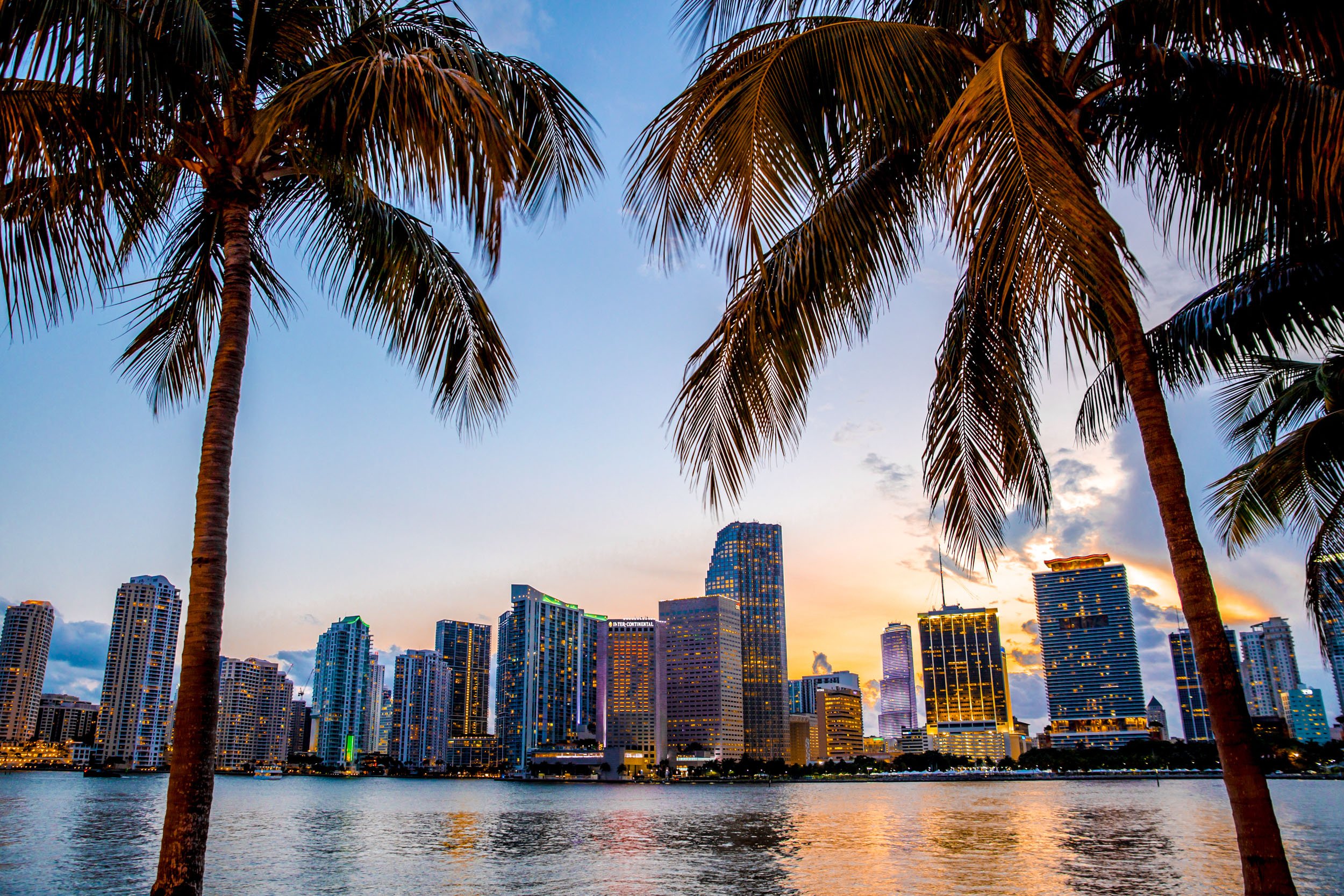Research from Framingham, MA-based IDC describes the digital universe as bigger than anyone expected--and growing faster than anyone predicted. In a report produced by IDC and sponsored by information technology firm EMC of Hopkinton, MA, analysts note, "For the first time, we're in the situation where we couldn't store all the information we create even if we wanted to."
The report estimates:
- At 281 billion gigabytes (281 exabytes), the digital universe in 2007 was 10% bigger than originally estimated
- With a compound annual growth rate of almost 60%, the digital universe is growing faster and is projected to be nearly 1.8 zettabytes (1,800 exabytes) in 2011, a 10-fold increase over the next five years.
- The average person's "Digital Shadow"--a term used to describe all the digital information generated about him on a daily basis--surpasses the amount of digital information individuals actively create themselves.
Technology expert Rob Enderle says there is already enough digital data to build the equivalent of 12 stacks of books from the earth to the moon. And by 2011, there will be 10 times more, along with two billion people on the Internet and three billion mobile phone users. "All will be interconnected; all will be creating and consuming content at an alarming rate," the report notes.
It's no wonder the data center market is "the fastest-growing sector of the site selection field right now," says John Boyd, founder and president of the Boyd Co. Inc., a Princeton, NJ-based site selection consulting firm.
A data center, once known as a computer room, is defined as a facility that houses critical computer systems and associated components for companies and organizations. It generally includes environmental controls such as: air conditioning and fire suppression, redundant or backup power supplies, redundant data communications connections and high security.
In short, industry analysts concur, a data center is the brain of a company--and essential for its operation and survival. It's a fact well known by virtually every company, large or small, at least based on demand for data center space. Tier1 Research reports that in 2006, global data center demand rose nearly 13% while facility supply rose only four percent.
The net effect: the demand for new data centers is growing. Consider this: overall manufacturing construction rose nine percent in 2007, the Census Bureau reported in February. But during the same 12-month period, communication construction soared 21%. One of the key drivers of that growth is data centers. In Northern Virginia alone, for instance, 22 computer data centers were built last year and 24 more are on the away. Published reports note the data centers are often the size of a small Wal-Mart, and use about 25 times as much power, which in turn is boosting demand for power plant and transmission construction.
In a report to Congress last August, the US Environmental Protection Agency notes that power consumption in US data centers doubled between 2000 and 2006, accounting for as much as 1.5% of total US electricity consumption. The EPA predicts power use could double again by 2011, potentially leading to increased operational costs and even energy shortages. To avoid such adverse affects, many companies are investing in "green" IT this year. Those companies that outsource their data centers, which more and more do, are requiring their outsourcing providers to go green, too.
Joe Hogan, VP of strategic outsourcing programs at Unisys, predicts outsourced data centers will feature more efficient storage and better power facilities, servers using multi-core processors, and virtualization technology. Such steps can reduce the number of systems requiring separate power supplies while making operations more efficient by dividing tasks among and within multiple processors in each server computer, he adds.
© 2025 ALM Global, LLC, All Rights Reserved. Request academic re-use from www.copyright.com. All other uses, submit a request to [email protected]. For more information visit Asset & Logo Licensing.







